A skilled trade is a transformational gift for a student. After graduating, they have not only a job but a career. They gain confidence in their abilities, a track for career growth, and competitive wages without a degree.
Underserved student populations stand to gain the most from high school CTE programs, but not every student can access them. As you consider your program strategy for next year, re-imagine a program design that encourages higher participation rates for all.
What are the Barriers to Enrollment in CTE Programs?
First, let’s examine what prevents students from starting– or completing– CTE programs.
1. Perception
Many students and families still don’t understand the value of career and technical education. They may believe that the skilled trades don’t pay well or aren’t interesting. Gender stereotypes can keep females out of male-dominated trades, and vice-versa.
In other cases, it comes down to awareness, especially in large schools with many programs competing for attention. CTE programs aren’t always elevated like college prep programs and may not be weighted like AP or college classes. Limited English proficiency can also be a factor for families in understanding school communications.
2. Logistics
Of course, many of the access barriers to CTE programs come down to logistics. To provide an effective CTE program that prepares students for future careers, you must be able to offer industry expertise and lifelike experiences. For many schools, physical space limitations, a lack of hands-on resources, and minimal opportunities to travel to locations that can provide these experiences prevent students from fully understanding the course material. Without the ability to engage in real-world scenarios, students face a learning gap between the theory taught in the classroom and the practical application.
3. Teacher Recruitment and Retention
Across K-12 education, recruiting and retaining qualified teachers is a challenge. Burnout has pushed even more teachers out of the profession in the past few years. More than half (55%) of teachers reported in 2022 that they were planning to leave teaching sooner than planned because of burnout and stress. As teachers navigate through professional challenges, they may struggle to find time to consistently come up with creative ways to engage students. New CTE faculty may struggle to translate their industry knowledge into classroom curriculum and adapt modern learning methods that appeal to younger generations.
4 Ways to Increase CTE Access in Your School
To hurdle these barriers and position your program for success, there are strategic moves you can make. Often, it isn’t the curriculum itself that needs to change; rather, it requires a paradigm shift around course delivery and technology.
First, examine your community and school population. Take note of any special populations your school may have and any specific needs or barriers they face. Next, follow these best practices to increase participation and access.
1. Offer Flexible Enrollment With Virtual Tools
Access to materials and the location of CTE programs can pose challenges with the logistics of providing lifelike experiences. You can significantly reduce this hurdle by integrating asynchronous virtual learning into your program. While some elements of CTE programs will need to take place in person, you can augment on-site fieldwork with virtual lab environments.
Simulation-based training allows students to practice hands-on methods without requiring costly transportation to technical centers, expensive equipment, and classroom space. It also lets teachers maximize their face-to-face time with students with discussions and hands-on practice, rather than lecturing.
2. Engage Students with Immersive Technology
One reason that interest may be low in your CTE program is that students don’t think it’s engaging. Whether this impression is earned or just a myth, it’s still a challenge you need to overcome. First, consider whether your curriculum and course delivery meet the needs of today’s learners.
Gen Z learners have an attention span of just eight seconds, much shorter than preceding generations. They prefer short, engaging content like videos and want to learn by doing. That makes technology like virtual reality (VR) and augmented reality (AR) a great fit for CTE students. These technologies create immersive environments that hold students’ interest and boost retention.
VR and AR are also great recruitment tools. Take a VR headset to a school event and let students try their hand at a virtual HVAC repair– you’ll see light bulbs going off as students connect to the concepts.
3. Leverage Interactive Learning Resources
Creating a learning environment that suits all learners is a major challenge for schools. Neurodiverse students, for example, don’t always thrive in a traditional classroom environment.
Virtual learning platforms with interactive components, such as Interplay Learning’s platform, offer students multiple delivery methods, unlimited skills practice, and personalization to support various learning styles. By appealing to diverse learning styles and catering to individual learning paces, these technologies make CTE programs more inclusive and accessible to a wider range of students, including those with different learning abilities and preferences.
This personalized approach fosters a supportive and empowering learning environment that encourages students to explore and excel in their chosen technical fields.
4. Use Virtual Mentorship
Student support and mentorship are key in guiding students through a CTE program from start to finish. A report on equitable CTE access in New Hampshire explained: “Strong relationships are essential to supporting the best outcomes for students—especially when barriers to CTE attendance arise.” This relational support can take place in several different ways:
- Teacher support. Giving students individualized feedback and 1:1 support is powerful, but challenging, for busy teachers facing burnout.
- School counselors. The role of school counselors is particularly important in boosting outcomes because they maintain relationships with both the CTE centers and the students they support, helping to navigate access issues and find wraparound services.
Relational support is a powerful supplement to coursework and can take place in virtual settings in addition to traditional ones. Virtual support from counselors, teachers, mentors, or even an AI assistant can boost students’ engagement and retention.
Online learning like videos and automated feedback lessen the burden on teachers, freeing them up to give 1:1 support where students need it most.
Transform Your CTE Program with Interplay Learning
Virtual learning environments, virtual mentorship, and AR and VR technologies all contribute to expanding CTE access. Flexible, virtual learning lets students bypass traditional barriers and connects them to the coursework in an entirely new way.
When students can influence when and how they learn with a personalized curriculum and interactive technology, they build a passion for the work that will last throughout their careers. By harnessing the power of virtual learning and AR/VR technologies, we can pave the way for a more equitable and comprehensive approach to CTE education, nurturing a generation of skilled and adaptable professionals.
To transform your program, explore Interplay Learning, your solution for online courses, skills assessments, and workforce skills simulation training. If you’d like to see what virtual learning technology could bring to your CTE program, see a demo today.









